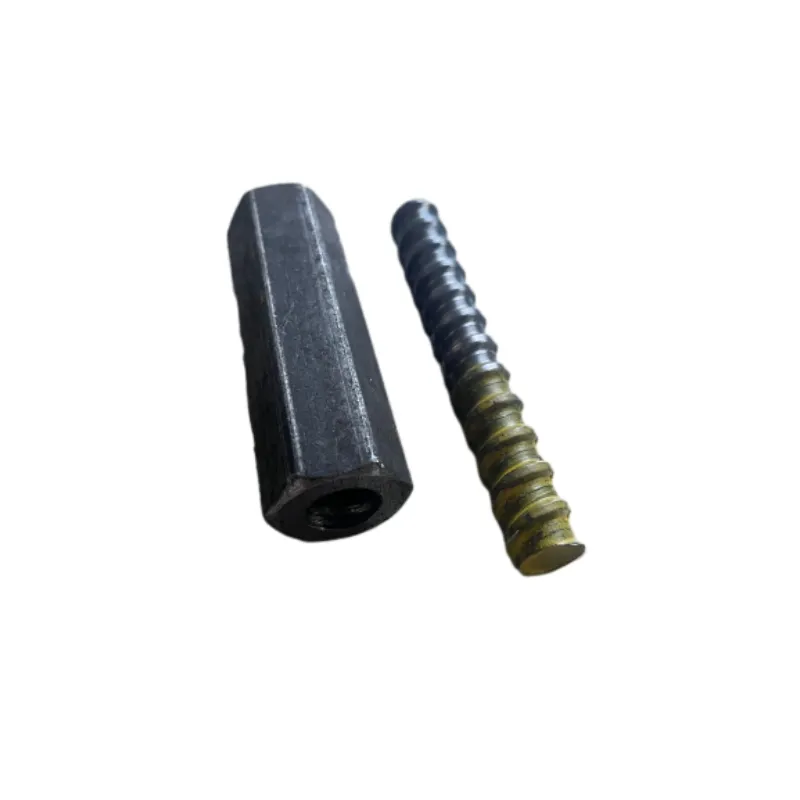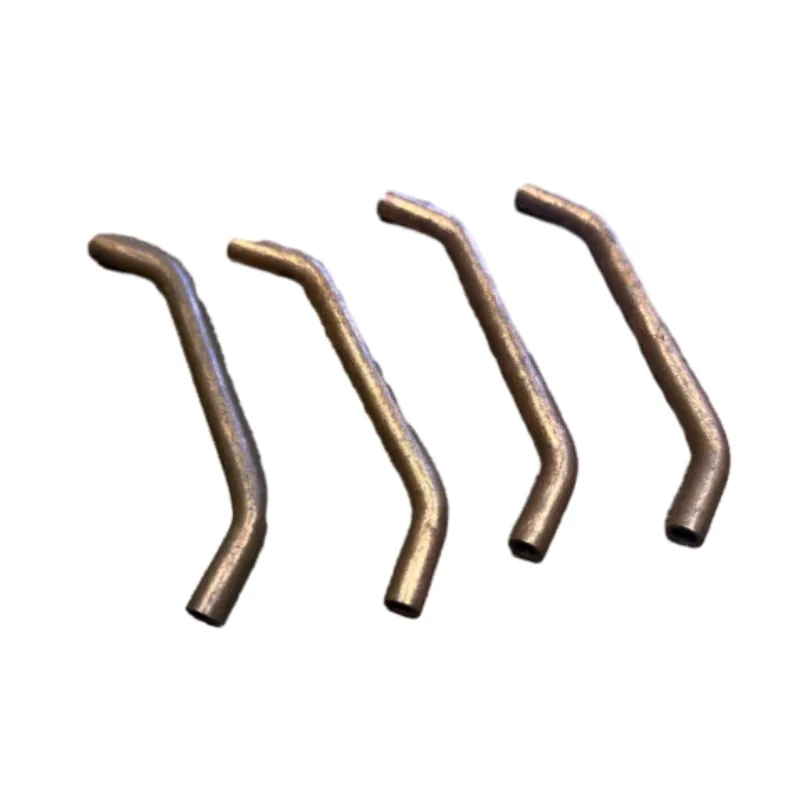- Phone: +86 132 8320 1810
- Email: annie@wrkgroup.ltd
-
- Afrikaans
- Albanian
- Amharic
- Arabic
- Armenian
- Azerbaijani
- Basque
- Belarusian
- Bengali
- Bosnian
- Bulgarian
- Catalan
- Cebuano
- China
- China (Taiwan)
- Corsican
- Croatian
- Czech
- Danish
- Dutch
- English
- Esperanto
- Estonian
- Finnish
- French
- Frisian
- Galician
- Georgian
- German
- Greek
- Gujarati
- Haitian Creole
- hausa
- hawaiian
- Hebrew
- Hindi
- Miao
- Indonesian
- Italian
- Japanese
- Javanese
- Malay
- Persian
- Portuguese
- Punjabi
- Russian
- Spanish
- Swahili
- Telugu
- Vietnamese
студ . 29, 2025 01:18 Back To List
scaffolding types and parts
Scaffolding, an essential element in construction and maintenance projects, serves as a temporary framework that supports workers and materials while providing access to elevated areas. Understanding the various types of scaffolding and their respective parts is crucial for ensuring safety and efficiency. This expertise-driven guide delves into the different scaffolding options available and details the components that comprise these structures, emphasizing experience, professionalism, and trustworthiness.
Ledgers, horizontal beams fixed to standards, provide lateral support and maintain scaffold width. Their placement and strong connection to standards ensure the scaffolding's rigidity. Putlogs and Transoms, the horizontal crosspieces, support the work platforms. Putlogs, in particular, are connected to the walls, transferring the load from the platforms to the structure, while transoms support the bay width. Braces are diagonal components that add to the scaffold's structural stability, preventing sway. Their strategic placement, often forming a triangular pattern, is vital for ensuring the framework's robustness against lateral forces. Platforms or Decks are where the actual work occurs, constructed from wooden planks or pre-formed metal boards. The platform's integrity is paramount as it directly impacts workers' safety. Base Plates and Sole Boards distribute the scaffold's weight onto the ground, preventing sinking or tilting. The choice and arrangement of these elements depend on ground conditions, requiring professional assessment. Ensuring that scaffolding parts are compatible and meet industry standards is essential. Regular inspections and maintenance routines are vital for maximizing safety and efficiency. Adhering to regulatory guidelines and manufacturer instructions enhances the trustworthiness of scaffolding use, safeguarding workers and projects. The construction industry's dynamic nature demands that scaffolding practices evolve with technological advancements and safety innovations. Incorporating new materials, like lightweight aluminum or fiberglass, offers possibilities for stronger and more adaptable scaffolding solutions. Ultimately, successful scaffolding use stems from a deep understanding of its types and parts, combined with practical application and adherence to safety protocols. Leveraging expert knowledge and maintaining high standards of practice solidifies a scaffold's role as a reliable support system in construction, resonating with the principles of experience and authority in the field.


Ledgers, horizontal beams fixed to standards, provide lateral support and maintain scaffold width. Their placement and strong connection to standards ensure the scaffolding's rigidity. Putlogs and Transoms, the horizontal crosspieces, support the work platforms. Putlogs, in particular, are connected to the walls, transferring the load from the platforms to the structure, while transoms support the bay width. Braces are diagonal components that add to the scaffold's structural stability, preventing sway. Their strategic placement, often forming a triangular pattern, is vital for ensuring the framework's robustness against lateral forces. Platforms or Decks are where the actual work occurs, constructed from wooden planks or pre-formed metal boards. The platform's integrity is paramount as it directly impacts workers' safety. Base Plates and Sole Boards distribute the scaffold's weight onto the ground, preventing sinking or tilting. The choice and arrangement of these elements depend on ground conditions, requiring professional assessment. Ensuring that scaffolding parts are compatible and meet industry standards is essential. Regular inspections and maintenance routines are vital for maximizing safety and efficiency. Adhering to regulatory guidelines and manufacturer instructions enhances the trustworthiness of scaffolding use, safeguarding workers and projects. The construction industry's dynamic nature demands that scaffolding practices evolve with technological advancements and safety innovations. Incorporating new materials, like lightweight aluminum or fiberglass, offers possibilities for stronger and more adaptable scaffolding solutions. Ultimately, successful scaffolding use stems from a deep understanding of its types and parts, combined with practical application and adherence to safety protocols. Leveraging expert knowledge and maintaining high standards of practice solidifies a scaffold's role as a reliable support system in construction, resonating with the principles of experience and authority in the field.
Next:
Latest News
-
High-Quality Roofing Materials for Durable Building SolutionsNewsJul.30,2025
-
High-Quality Scaffolding Pins for Sale – Durable & Secure Scaffold Toggle PinsNewsJul.30,2025
-
High-Quality Scaffold Coupling Pins for Secure ConnectionsNewsJul.29,2025
-
High-Quality Formwork Clamp for Concrete Construction, Durable & Easy to UseNewsJul.29,2025
-
High-Quality Prop Nut for Boats – Durable Propeller Nut with HandleNewsJul.29,2025
-
High-Quality Scaffolding Joint Pin for Secure ConnectionsNewsJul.28,2025
Products categories











